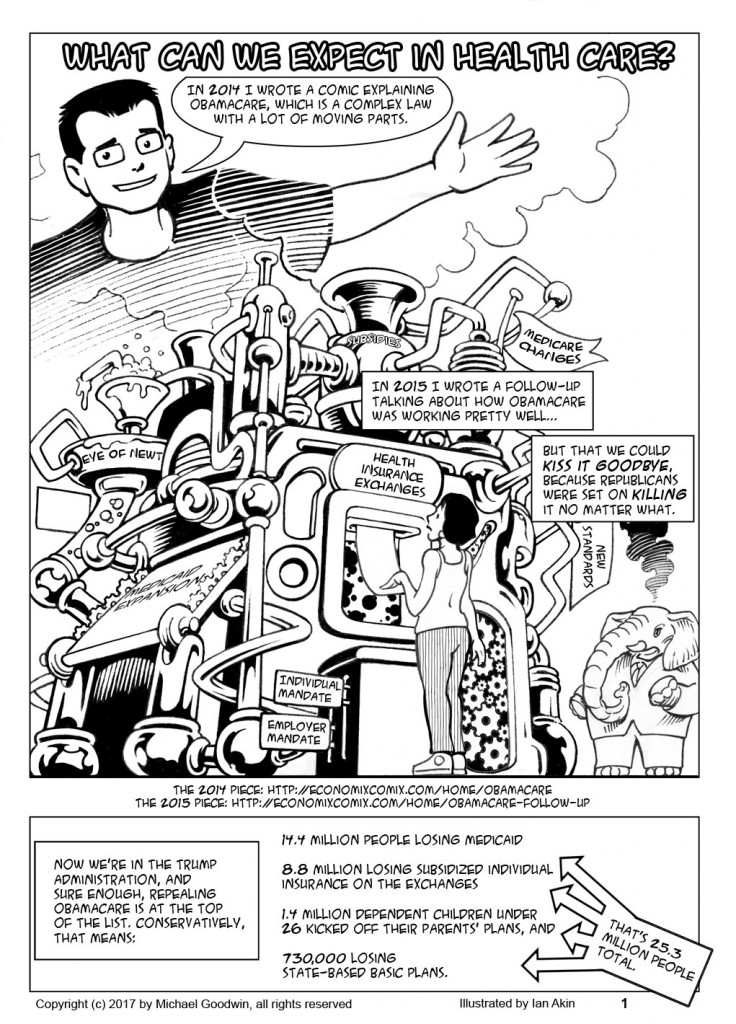


Movies are not randomly assigned to their audiences moviegoers Note also that there is probably some selection bias going on in these reviews. But these were also the two smallest genres in my OpusData spreadsheet, just 12 films were categorized as “concert/performance,” and 11 were called The average film in both genres got positive feedback fromĪbout two-thirds of both audiences and critics. The average romantic comedy is rated positively by 57 percent of Rotten Tomatoes users, versus just 36 percent of Rotten Tomatoes-approvedĪudiences and critics tend to have much more similar views on westerns and “concert/performance” films, which both groups rate relatively highly. Vice versa for pointsĪs you can see, the genre with the biggest critical disconnect is romantic comedy. If a point is above the line, it means that audiences tend to like films in the genre more than critics do. Would fall if the average critic score and the average audience score matched exactly.

The gray dashed line is where every point The chart above shows the average critic score for films in a given genre on the horizontal axis, and the average audience score for that same category on the vertical axis. The only exceptions are black comedies and documentaries.Ĭritics systematically rate films in these genres more highly than do Rotten Tomatoes users.
Economix review movie#
The gulf between audience scores and critics’ scores varies a lot by movie, but in almost every genre the public rates a movie more positively than do the critics. Credit Sources: Rotten Tomatoes, OpusDataĪmong all films grossing at least $2 million in domestic box offices between 2003 and mid-July 2013, the average picture got a positive review from almost exactly half of the Approved Tomatometer Critics who assessed it.īy contrast, the average movie got a positive review from 62 percent of the people who weighed in on Rotten Tomatoes. 1, 2003, to July 18, 2013, and grossed at least $2 million in domestic box office revenues are included. Audience scores refer to the share of participating Rotten Tomatoes users who rated a given film with at least 3.5 stars out of 5. Or put another way, the public is much more complimentary.Ĭritic scores for each film are calculated based on the percent of Approved Tomatometer Critics who gave a positive review. The results: Critics are much more, well, critical of the average film than general audiences are. It’s impossible to conduct a randomized poll of viewers of every film ever made.) That makes it a good way to take the “pulse” on popular views of a wide swath of films, since (We used Rotten Tomatoes data because it has not only public A.P.I.’s,īut also a gigantic user base, with thousands of user-submitted reviews for even relatively small films. Interactive news team helped me match up film listings with Rotten Tomatoes data on critics’ scores versus audiences’ scores. So I wondered: Can I quantify the gulf in tastes between critics and the general public?īuilding on the OpusData movie numbers I wrote about last week, Kiran Bhattaram on The Times’s Yet it was almost universally slammed by critics, with just 7 percent giving it positive reviews, according to Rotten Tomatoes’ selection of “ To take one recent example, “Grown Ups 2″ has grossed about $124 million in domestic box office revenues since its release on July 12, and was liked by three out of five people who weighed in on the Web site Rotten Tomatoes. This gap seems especially true (or at least measurable) in film. Critics regularly pan works that become immensely popular, after all, and praise some that roundly displease audiences. Occasionally lectured about how critics are out of touch with The People.

In addition to my economics coverage, I also write theater reviews. Adam Sandler at the wheel in “Grown Ups 2,” which audiences liked far more than critics did.


 0 kommentar(er)
0 kommentar(er)
